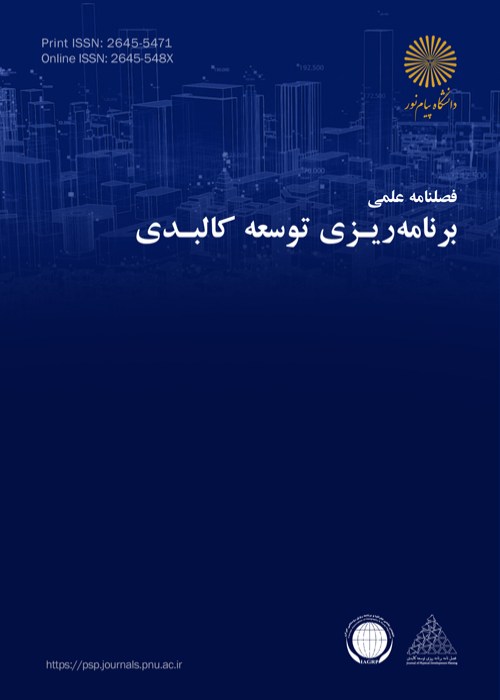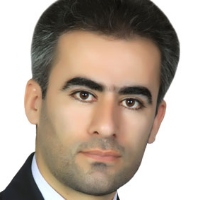The Aesthetics of the Cultural Icon in the Baluch Views
Author(s):
Article Type:
Research/Original Article (دارای رتبه معتبر)
Abstract:
The present study is aimed to provide a model based on which one can maintain the cultural dimension and identity during urban development. A model based on which, one can derive the criteria and identity components for landscape aesthetics. If the aesthetics resulting from the cultural symbol in the aesthetics of the city’s landscape development is applied, the city’s cultural and ethnic dimensions are preserved, thus making each city a unique example with unique attractions. The landscape can be the richest historical document of every city showing its cultural structure. A large part of urban symbols has cultural function. The ethnic cultural symbol is a subset of urban semiotics that can provide the cultural story of an ethnicity in a city to the audience. The lack of management and planning of cultural codes of cities in the form of cultural markings influenced by geography and ethnicity have led to the breakdown of the cultural messages of the landscapes. How to preserve the cultural identity of urban landscapes with regard to ethnic characteristics is the main question of this research that. In other words, can the identity and cultural landscape of the cities be maintained through cultural aesthetics of the symbol? The methodology of this research is qualitative that examines the cultural symbol in the case of Baluch-resident city. Based on a documentary and observation method, required concepts and references were collected and the validity of the proposed hypothesis was examined using the method of inference. For the case study of the adaptation of aesthetics of the cultural symbol, the cities affected by the Baluch ethnicity with their cultural landscape were taken into consideration. The main reason for this choice was: making an effort to preserve the cultural identity of cities in Baluchestan region due to their rich and prevalent ethnic identity during their urbanization development. The findings of the present study showed that the visual aesthetics components hidden in the Baluch folk handicrafts are manifested in the form of warm colors; from the wonderful orange to the red spectrum, geometric forms with sharp edges and mostly triangular forms, dense and prolific texture, complete abstraction and evasion from figuratism. Such components can be sought in terms of color, form, texture, as well as the amount of abstraction or realism in the visual elements of the architecture and urbanization of the Baluchistan cities in Iran
Keywords:
Language:
Persian
Published:
Journal of Physical Development Planning, Volume:4 Issue: 14, 2019
Pages:
67 to 78
magiran.com/p2029471
دانلود و مطالعه متن این مقاله با یکی از روشهای زیر امکان پذیر است:
اشتراک شخصی
با عضویت و پرداخت آنلاین حق اشتراک یکساله به مبلغ 1,390,000ريال میتوانید 70 عنوان مطلب دانلود کنید!
اشتراک سازمانی
به کتابخانه دانشگاه یا محل کار خود پیشنهاد کنید تا اشتراک سازمانی این پایگاه را برای دسترسی نامحدود همه کاربران به متن مطالب تهیه نمایند!
توجه!
- حق عضویت دریافتی صرف حمایت از نشریات عضو و نگهداری، تکمیل و توسعه مگیران میشود.
- پرداخت حق اشتراک و دانلود مقالات اجازه بازنشر آن در سایر رسانههای چاپی و دیجیتال را به کاربر نمیدهد.
In order to view content subscription is required
Personal subscription
Subscribe magiran.com for 70 € euros via PayPal and download 70 articles during a year.
Organization subscription
Please contact us to subscribe your university or library for unlimited access!



